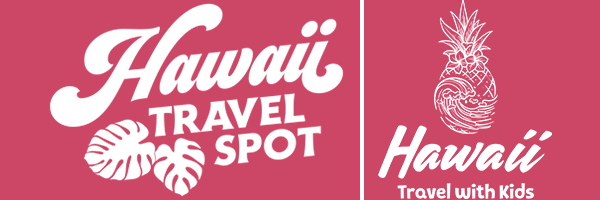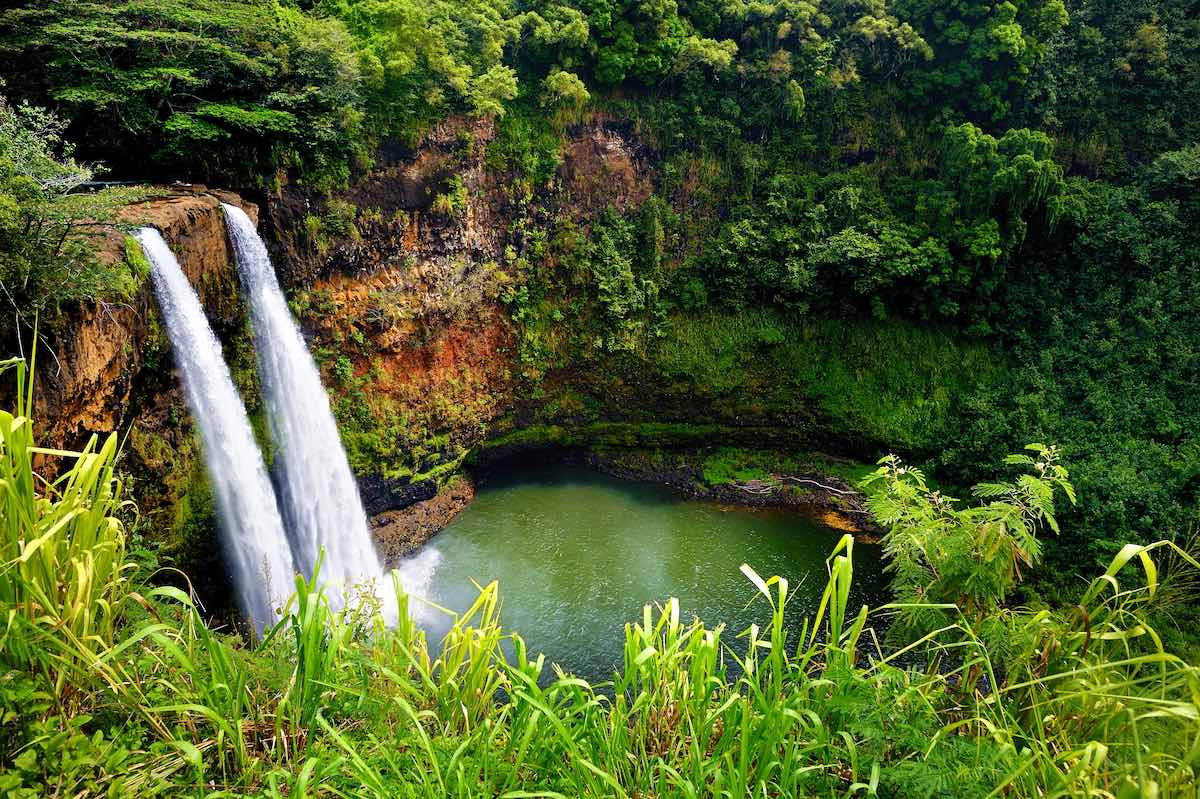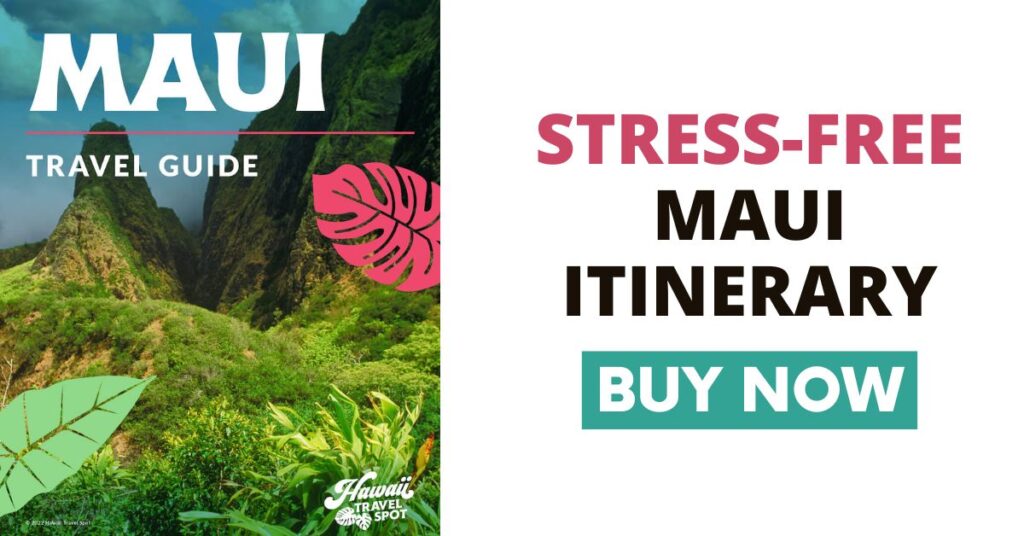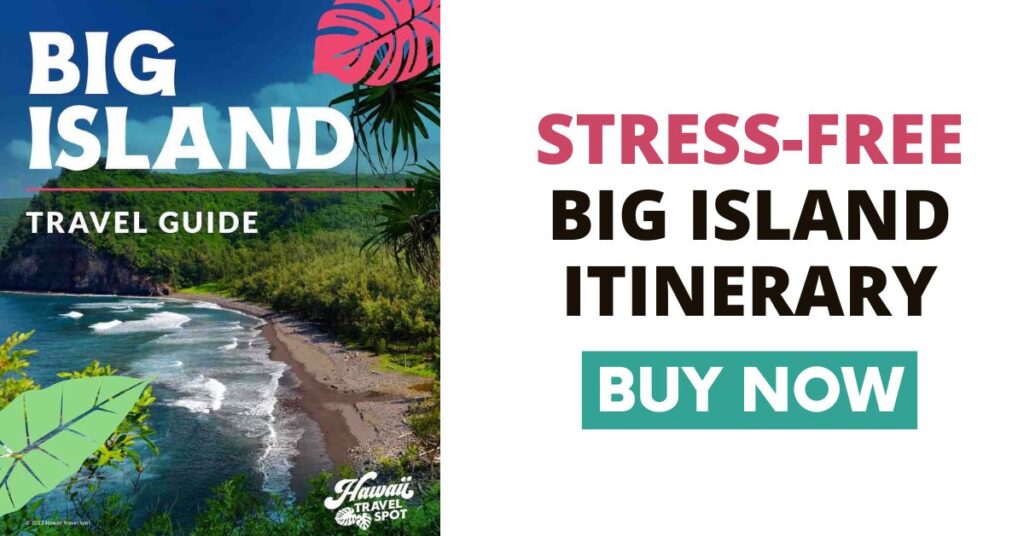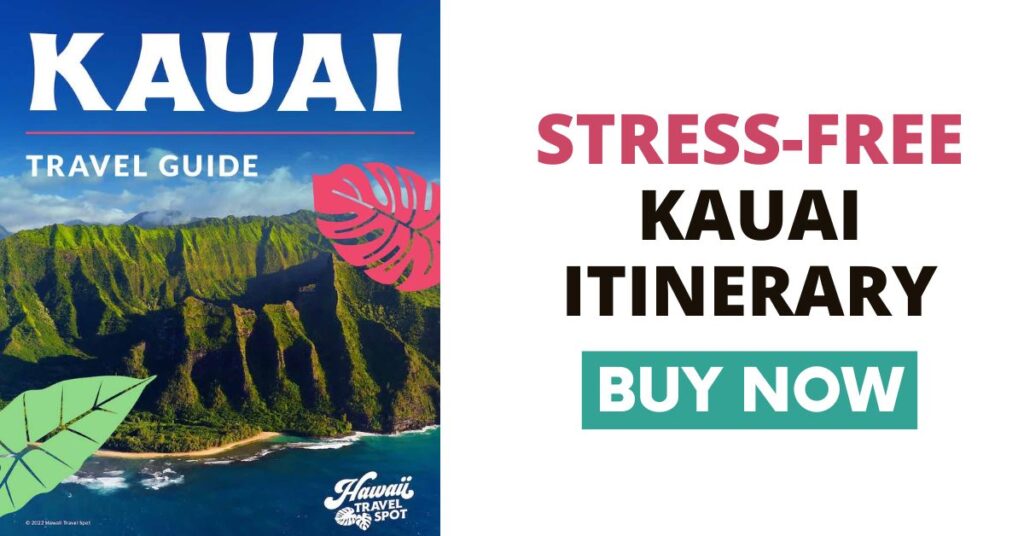Are you planning a trip to Hawaii but aren’t sure when to go? In this post, I’ll explain the best time to visit Hawaii.
This post about the best time to visit Hawaii contains affiliate links which means if you purchase something from one of my affiliate links, I may earn a small commission that goes back into maintaining this blog.
Hawaii is a dream destination for many travelers, and it’s no wonder why!
With its beautiful beaches, warm weather, and vibrant culture, there’s something for everyone to enjoy.
But when is the best time to visit this tropical paradise? The answer depends on a few factors, including the weather, how crowded the islands are, and what you’re hoping to do on your trip.
In this post, we’ll dive into these factors and help you figure out the perfect time for your Hawaiian adventure.
Whether you’re a beach lover, an adventurer, or just looking to relax, we’ve got you covered!

Hawaii Weather Considerations
When planning a vacation to Hawaii, one of the first things you might wonder is, “What’s the weather like?”
The good news is that Hawaii is blessed with a mild tropical climate year-round. It’s known as the “Aloha State” for a reason, as it welcomes visitors with warm and pleasant weather throughout the year.
Hawaii Average Daily Temperature
Hawaii’s average daytime temperature is about 78°F (26°C) in the winter and 88°F (31°C) in the summer. That means it’s always warm enough to enjoy a day at the beach or explore the lush rainforests.
However, while the temperatures remain consistently warm, there are some differences in the weather patterns between the winter and summer seasons.
Hawaii in Winter Months
During the winter months, from November to April, the islands experience their wettest weather. This is the rainy season in Hawaii, so you can expect to see more frequent showers and occasional storms.
The rain is typically brief and localized, and it often falls overnight or early in the morning. The benefit of this rain is that it keeps the islands lush and green, providing a beautiful backdrop for your vacation.
While the winter weather is a bit cooler and wetter, it’s still warm enough to go swimming, snorkeling, or surfing.
Plus, the winter months bring bigger waves to the north shores of the islands, making it a great time for surfers to catch some epic rides.
Hawaii in Summer Months
On the other hand, the summer months, from May to October, are generally drier and warmer. The trade winds that blow from the northeast bring cooling breezes, making the weather more comfortable despite the higher temperatures.
This season is perfect for outdoor activities such as hiking, biking, and water sports. The ocean is calmer during the summer, making it a great time for snorkeling and exploring the underwater world.
Weather in the Hawaiian Islands
It’s important to note that Hawaii’s weather can vary significantly depending on the specific island and even the region within an island.
For example, the leeward (west) side of the islands is generally drier and sunnier, while the windward (east) side tends to be wetter and more lush. Also, higher elevations on the islands can be cooler, especially at night.
If you plan to explore the islands’ diverse landscapes, be sure to pack layers and be prepared for changing weather conditions.
Hawaii’s weather is generally warm and welcoming, with some variation between the winter and summer seasons.
Whether you prefer a cooler, wetter winter or a warmer, drier summer, you’re sure to find a time that suits your preferences and allows you to enjoy all the Aloha State has to offer.
Hawaii Crowd Levels and Prices
When planning a trip to Hawaii, you might be wondering when is the best time to visit to avoid crowds and get the best deals.
Hawaii is a popular vacation destination all year long, but there are certain times when the islands are especially busy, and others when they’re less crowded and more affordable.
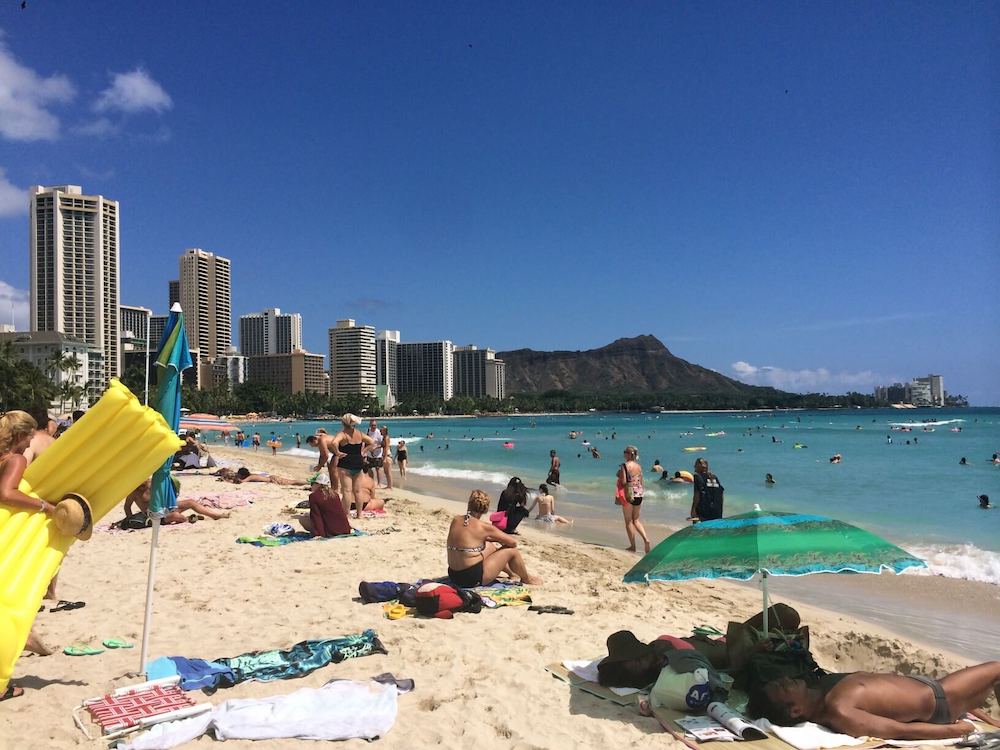
Peak Season in Hawaii
Peak tourist seasons in Hawaii typically coincide with popular vacation times on the mainland.
These include the winter holidays (from mid-December to early January), spring break (from late March to early April), and summer vacations (from June to August).
During these periods, you can expect the islands to be bustling with visitors, and prices for flights, accommodations, and activities will be at their highest.
If you prefer a more lively atmosphere and don’t mind sharing the beach with more people, these times can be a lot of fun.
However, if you’re looking for a more relaxed and budget-friendly experience, you might want to consider visiting during the off-peak seasons.
Low Seasons
The off-peak seasons in Hawaii are early spring (from mid-April to May) and late fall (from mid-September to mid-December).
During these times, the islands are less crowded, and you’ll have an easier time finding quieter beaches and more available activities. You’ll also be able to score some great deals on flights and accommodations, as prices drop in response to the lower demand.
Additionally, the weather is still pleasant, with warm temperatures and less rainfall compared to the winter months.
Visiting during the off-peak seasons has some other advantages as well. With fewer tourists around, you’ll have a better chance of experiencing the authentic Hawaiian culture and interacting with the locals.
You’ll also have more flexibility in your plans, as you won’t have to worry about booking activities and restaurants far in advance. You can take your time to explore the islands at your own pace, without feeling rushed or crowded.
Shoulder Seasons
If you’re looking for a happy medium between the peak and off-peak seasons, consider visiting during the shoulder seasons.
These are the transitional periods between the high and low seasons, and they offer a good balance of moderate crowds, decent prices, and favorable weather.
The shoulder seasons are late spring (from late May to early June) and early fall (from late August to mid-September).
The best time to visit Hawaii depends on your personal preferences and priorities.
If you want to enjoy the islands with fewer crowds and lower prices, the off-peak seasons are a great option. On the other hand, if you prefer a more lively atmosphere and don’t mind paying a bit more, the peak seasons might be the right choice for you.
Either way, you’re sure to have a memorable and enjoyable vacation in this beautiful tropical paradise.
Special Events and Festivals in Hawaii
If you’re considering a trip to Hawaii, it’s worth planning your visit around one of the islands’ many special events and festivals.
Throughout the year, Hawaii hosts a wide range of cultural celebrations, food festivals, and other events that showcase the islands’ unique heritage and vibrant culture.
These events can provide a unique and unforgettable experience for visitors, allowing you to immerse yourself in the local traditions and customs.
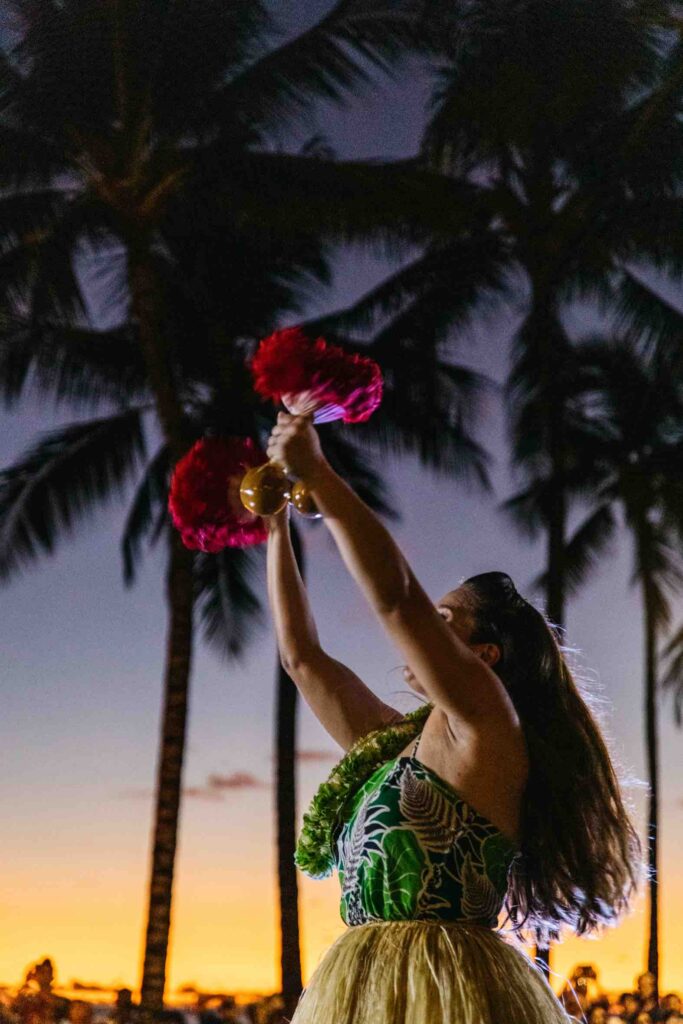
Merrie Monarch Festival
One of the most well-known events in Hawaii is the Merrie Monarch Festival, held every year in the town of Hilo on the Big Island.
This week-long festival is dedicated to the art of hula and features a prestigious hula competition, as well as craft fairs, art shows, and other cultural events.
The festival is named after King David Kalakaua, who was known as the “Merrie Monarch” and played a significant role in preserving and promoting Hawaiian culture.
Aloha Festivals
The Aloha Festivals is another major event that takes place across the Hawaiian islands every September.
This month-long celebration of Hawaiian culture features a wide range of events, including street parties, parades, concerts, and hula shows.
The highlight of the festival is the Royal Court Investiture, where a king, queen, and other members of the royal court are chosen to represent the festival and preside over the events.
The Aloha Festivals is one of the largest and longest-running cultural celebrations in the United States and is a great opportunity for visitors to experience the islands’ rich cultural heritage.
Hawaii Food & Wine Festival
Foodies will also find plenty to enjoy in Hawaii, especially at the Hawaii Food & Wine Festival. Held every October, this week-long festival showcases the culinary talents of some of the world’s top chefs, as well as Hawaii’s local chefs.
The festival features a series of events, including cooking demonstrations, wine tastings, and gourmet dinners, all highlighting the islands’ diverse and delicious cuisine.
The Hawaii Food & Wine Festival is a must-visit for anyone who loves food and wants to learn more about the culinary traditions of the islands.
These are just a few examples of the many special events and festivals that take place in Hawaii throughout the year.
Attending one of these events can provide a unique cultural experience for visitors and allow you to see a different side of the islands.
Whether you’re interested in hula, history, or food, there’s something for everyone in Hawaii. So why not plan your trip around one of these exciting events and immerse yourself in the local culture?
You’ll be sure to come away with unforgettable memories and a deeper appreciation for the beauty and diversity of the Hawaiian islands.
Outdoor Activities
If you’re planning a trip to Hawaii and love outdoor activities, you’ll want to consider the best times to enjoy popular pursuits like surfing, snorkeling, hiking, and whale-watching.
Hawaii’s tropical climate and natural beauty make it a paradise for outdoor enthusiasts, but certain activities are more enjoyable or accessible during specific seasons.

Surfing in Hawaii
Surfing is a quintessential Hawaiian activity, and the islands offer some of the best waves in the world.
Winter, from November to April, is the best time for experienced surfers to visit the north shores of the islands, particularly Oahu, where the waves can reach epic proportions.
Beginners may prefer the summer months, from May to October, when the south shores of the islands have smaller, more manageable waves.
Snorkeling in Hawaii
Snorkeling is a year-round activity in Hawaii, but the best conditions are usually found during the summer months when the waters are calmer, clearer, and warmer.
The islands have numerous snorkeling spots, like Hanauma Bay on Oahu and Molokini Crater off Maui, where you can see colorful fish, coral reefs, and even sea turtles.
Always remember to follow local guidelines and respect the marine life.
Hawaii Hiking
Hiking in Hawaii offers a wide range of trails, from coastal walks to mountainous treks. The best time for hiking is usually during the dry season, from May to October, when the trails are less muddy and slippery.
However, if you prefer lush and green landscapes, the rainy season from November to April might be your choice.
Keep in mind that some trails can be more challenging during wet conditions, so make sure to check trail conditions and weather forecasts before you go.
Humpback Whales
Whale-watching is a magical experience in Hawaii, and the best time to spot humpback whales is during their migration season, from December to April.
During these months, thousands of humpback whales travel to Hawaii’s warm waters to breed and give birth.
The islands of Maui, Lanai, and Molokai are some of the top spots for whale-watching tours, where you can see these majestic creatures breach and splash around.
Hawaii offers a wide range of outdoor activities that can be enjoyed throughout the year. However, certain activities are more enjoyable or accessible during specific seasons.
So, whether you’re a surfer, snorkeler, hiker, or whale-watching enthusiast, plan your trip to Hawaii accordingly to make the most of your outdoor adventures in this tropical paradise.
Island-Specific Considerations
When you plan a trip to Hawaii, it’s important to remember that each island has its own unique features and attractions.
The best time to visit depends on what you want to experience, the island’s specific weather patterns, local events, and other attractions.
Visiting Oahu
Oahu, also known as “The Gathering Place,” is home to the famous Waikiki Beach, historic Pearl Harbor, and the bustling capital city of Honolulu.
The island has a lot to offer, from shopping and nightlife to hiking and surfing. You can visit Oahu year-round, but if you prefer fewer crowds, consider coming in the spring or fall when the weather is still pleasant and prices are often lower.
Visiting Maui
Maui, the “Valley Isle,” is known for its stunning beaches, lush valleys, and the scenic Road to Hana. It’s a great destination for romantic getaways, water sports, and scenic drives.
Maui is particularly popular during the winter months when humpback whales migrate to its waters. Visit during the winter to catch a glimpse of these majestic creatures or come in the spring or fall to enjoy pleasant weather and fewer crowds.
Visiting the Big Island
The Big Island, officially named Hawaii, is the largest and most diverse island in the state. It’s famous for its active volcano, Kilauea, and unique black sand beaches.
The best time to visit the Big Island depends on your interests. Visit during the summer for clear skies perfect for stargazing atop Mauna Kea or come in the winter to see snow-capped mountains and waterfalls fueled by seasonal rains.
Visiting Kauai
Kauai, the “Garden Isle,” is famous for its stunning cliffs, lush rainforests, and picturesque beaches. It’s a hiker’s paradise with trails leading to hidden waterfalls and breathtaking viewpoints.
The island has a wetter climate than the others, so plan your visit during the summer months for drier weather and better hiking conditions.
Visiting Molokai
Molokai, the “Friendly Isle,” offers a glimpse into traditional Hawaiian culture and a slower pace of life. The island is home to the tallest sea cliffs in the world and the historic Kalaupapa National Historical Park.
The best time to visit Molokai is during the spring or fall when the weather is mild and there are fewer tourists.
Visiting Lanai
Lanai, the “Pineapple Isle,” is known for its luxurious resorts, rugged landscapes, and secluded beaches. If you’re looking for a romantic and exclusive getaway, Lanai is the place for you.
Visit during the spring or fall to avoid the peak tourist season and enjoy a more peaceful experience.
Each Hawaiian island has its own unique features and attractions, and the best time to visit depends on your interests and preferences.
Keep in mind the weather patterns, local events, and attractions of each island when planning your trip to Hawaii.
Recommendations for Different Travelers
Choosing the best time to visit Hawaii can be different for everyone, as it depends on your specific interests and who you’re traveling with.
Here’s a guide to help you choose the right time for your visit, depending on your travel companions and preferences:
Families
If you’re traveling to Hawaii with kids, summer is a great time to visit Hawaii. The weather is warm, the ocean is calm, and the islands are lively with events and festivals.
The long summer break makes it convenient for families to enjoy a fun vacation without interfering with the school schedule.
Spring break is another popular time for families, but the islands can get a little crowded, so make sure to book early.
Couples
Hawaii is a favorite destination for couples, whether they are on a honeymoon, celebrating an anniversary, or just enjoying a romantic getaway.
The winter months of November to April offer cooler temperatures and the chance to witness stunning sunsets on the beach.
With the possibility of spotting humpback whales and attending events like the Hawaii Food & Wine Festival, winter is a great season for couples seeking a romantic and memorable experience.
Solo Travelers
Traveling alone can be a rewarding experience, and Hawaii offers plenty of opportunities for solo travelers to explore and connect with nature.
If you’re a solo traveler looking for a quiet and peaceful time, consider visiting during the off-peak seasons of early spring and late fall. With fewer crowds, you can explore the islands at your own pace, find hidden gems, and enjoy more authentic experiences.
Adventure-seekers
If you’re looking for adventure and excitement, Hawaii has you covered all year round. Surf enthusiasts should visit during the winter months when the waves are at their peak, especially on the North Shore of Oahu.
If hiking and exploring the great outdoors are more your thing, summer is the best time to visit, as the weather is drier, and the trails are more accessible.
The active Kilauea volcano on the Big Island is another exciting destination for adventure-seekers, offering a unique and thrilling experience.
Budget Travelers
If you’re looking for budget-friendly options, the best time to visit Hawaii is during the off-peak seasons of early spring and late fall. During these times, you’ll find lower prices on accommodations and airfare, as well as fewer crowds.
Keep an eye out for special deals and discounts during these periods to make the most of your budget.
No matter what type of traveler you are, Hawaii has something special for everyone.
Consider your interests and preferences when planning your trip, and you’ll be sure to have an unforgettable experience in this tropical paradise.
Final Tips for Finding the Best Time to Visit Hawaii
When planning your dream vacation to Hawaii, it’s essential to keep a few final tips in mind to ensure your trip goes smoothly and you make the most of your time in paradise.
Here are some key points to consider before you pack your bags and set off on your Hawaiian adventure:
Planning in Advance
Hawaii is a popular destination all year round, so it’s crucial to plan and book your accommodations, flights, and activities in advance, especially if you’re visiting during peak tourist seasons like winter holidays, spring break, or summer vacations.
Booking ahead not only ensures you get the best prices but also guarantees that you have a spot in the activities you’re most interested in, such as snorkeling tours, luau shows, or whale-watching cruises.
Packing Appropriately
Hawaii’s tropical climate means you’ll want to pack light, breathable clothes, but don’t forget to bring along a light jacket or sweater for cooler evenings or if you plan to visit higher elevations, like the summit of Mauna Kea.
If you’re planning on hiking, bring sturdy shoes, and for beach days, don’t forget your swimwear, sunscreen, and a hat. Packing the right gear ensures you’re prepared for any adventure that comes your way.
Respecting the Environment
Hawaii is known for its stunning natural beauty, and it’s essential to treat the islands with respect.
Follow the principles of Leave No Trace, avoid touching or disturbing wildlife, and stay on marked trails while hiking. By being mindful of your impact on the environment, you can help preserve the beauty of Hawaii for future generations to enjoy.
Embracing the Aloha Spirit
Aloha is more than just a greeting in Hawaii; it’s a way of life that embodies kindness, respect, and a spirit of hospitality.
Embrace the Aloha spirit during your visit by being respectful of local customs and traditions, treating others with kindness, and embracing the laid-back, relaxed pace of island life.
By keeping these final tips in mind, you’ll be well-prepared for an unforgettable Hawaiian vacation.
When is the Best Time to Visit Hawaii FAQs
When is Hawaii’s rainy season?
Hawaii’s rainy season typically occurs from November to March.
When is hurricane season in Hawaii?
Hurricane season in Hawaii runs from June to November.
When is the Hawaii International Film Festival?
The Hawaii International Film Festival usually takes place in November.
When is the Honolulu Marathon?
The Honolulu Marathon is typically held on the second Sunday of December.
When is the Kona Brewers Festival?
The Kona Brewers Festival usually takes place in March.
When is the Prince Lot Hula Festival?
The Prince Lot Hula Festival is usually held in July.
When is the Vans Triple Crown surfing competition?
The Vans Triple Crown surfing competition typically takes place from November to December.
When is the King Kamehameha celebration?
The King Kamehameha celebration is held on June 11th each year.
When is the Kona Coffee Cultural Festival?
The Kona Coffee Cultural Festival typically occurs in November.
When to Visit Hawaii Wrap Up
When planning your perfect Hawaiian vacation, it’s important to consider several factors, such as the weather, crowd levels, special events, and outdoor activities.
Hawaii’s climate varies between the winter and summer months, with the rainy season typically occurring from November to March.
Peak tourist seasons bring larger crowds and higher prices, while off-peak seasons offer a quieter and more affordable experience.
Each island has its unique attractions and features, so it’s essential to choose the best one for your interests and travel preferences.
Remember to plan and book your accommodations, flights, and activities in advance, especially during peak tourist seasons.
Pack appropriately for the weather and the activities you’ve planned for your trip. By taking all these factors into account, you’ll be able to create your ideal Hawaiian vacation that’s full of unforgettable experiences.
Whether you’re a family, couple, solo traveler, or adventure-seeker, Hawaii has something special to offer for everyone. So, go ahead and start planning your dream Hawaiian getaway today!
